When applying revenue science to your hotel or resort’s dynamic pricing tactics, there are three areas ripe for optimization: demand, capacity, and price sensitivity. Taking the time to review the basics and reassess how each of these factors into your revenue strategy is critical to positioning your hospitality business for maximum revenue performance and growth.
For the Right Price…
One of the hospitality industry’s most important goals is also one of its most significant challenges: determining the right price for the right person at the right time. In an age of real-time, dynamic pricing based on demand and customer type, finding effective pricing strategies that maximize revenue can seem like a complex, time-consuming process.
Fortunately for hotels, this is where data analytics, artificial intelligence, machine learning, and automation can make a tremendous difference. These may seem like overused buzzwords, but hoteliers can more easily determine pricing strategies that optimize demand and maximize revenue by applying revenue science.
In fact, with the right pricing models in place, hoteliers can achieve valuable returns to the bottom line. Many have reported double-digit revenue improvement after correctly applying advanced analytics to pricing. By giving hoteliers a much clearer vision of their data, analytics bring more accuracy and consistency – versus gut instinct and guesstimates—to the forecasting process and best-available-rate strategies.
Considering that price is the key lever in driving profitability in a hotel or resort, let’s delve into the three fundamental areas where revenue science analytics can help hoteliers stay competitive and achieve optimal pricing.
1. Demand
Dynamic pricing approaches demand as a function of price. Put in simple terms; if the price is increased, the demand will drop. If the price is decreased, then demand will be higher. In the presence of all of the market conditions, competitive dynamics, and the myriad of market segments, pricing gets infinitely complex according to this simple formula. Analytics help answer questions such as:
- How do we determine the optimal price to sell?
- What is the demand to be achieved at each price point?
- What are the corresponding revenues that can be attained for each market segment?
2. Capacity
One of the main goals for any revenue manager is optimizing pricing to take maximum advantage of available capacity. Revenue management is best applied in industries where products are “perishable.” For hoteliers, this means that if we do not sell a guest room tonight, it cannot be sold again. That missed opportunity has a direct impact on revenue performance.
With a certain amount of rooms available to sell on any given night, we need to sell them to the right guest at the right price. What is that optimal price based on demand and the available inventory or capacity of the property?
3. Price Sensitivity
The degree to which a product’s price affects consumer purchasing behavior is known as “price sensitivity.” Low sensitivity means that changes in price have a relatively small effect on the quantity of rooms in demand, while high sensitivity means that changes in price have a relatively large effect on the quantity of rooms in demand. By understanding price sensitivity, hoteliers can determine when to offer specific pricing to each market segment to maximize revenue.
Analytics can help maximize your revenue by calculating price elasticity by market segment, season, day of the week, length of stay, and days to arrival to produce a better overall rate spectrum for one hotel or portfolio of properties. Applying the science of pricing optimization presents you with proven best practices for creating the right prices for the right customers at the right time.
The emergence of sophisticated analytics and rate optimization software in the hospitality industry has made it infinitely simpler to create pricing strategies that boost the bottom line. With the number of factors and variables to consider, it’s virtually impossible to manually process the amount of data needed to capitalize on consumer behavior in real-time.
Revenue management systems simplify the complex by automatically analyzing the data and delivering optimal pricing decisions, enabling hoteliers to eliminate time-consuming, manual processes and focus on more strategic business decisions.
Free Report: Revenue Management Outlook Survey Results 2022
Where Are You on Your Revenue Journey? It’s never too early (or too late) to test drive an automated revenue science solution at your hotel or resort. Discover the power of enhanced efficiency and greater profitability wherever you are on your revenue management journey.
More Tips to Grow Your Business
Revfine.com is the leading knowledge platform for the hospitality and travel industry. Professionals use our insights, strategies, and actionable tips to get inspired, optimize revenue, innovate processes, and improve customer experience.Explore expert advice on management, marketing, revenue management, operations, software, and technology in our dedicated Hotel, Hospitality, and Travel & Tourism categories.

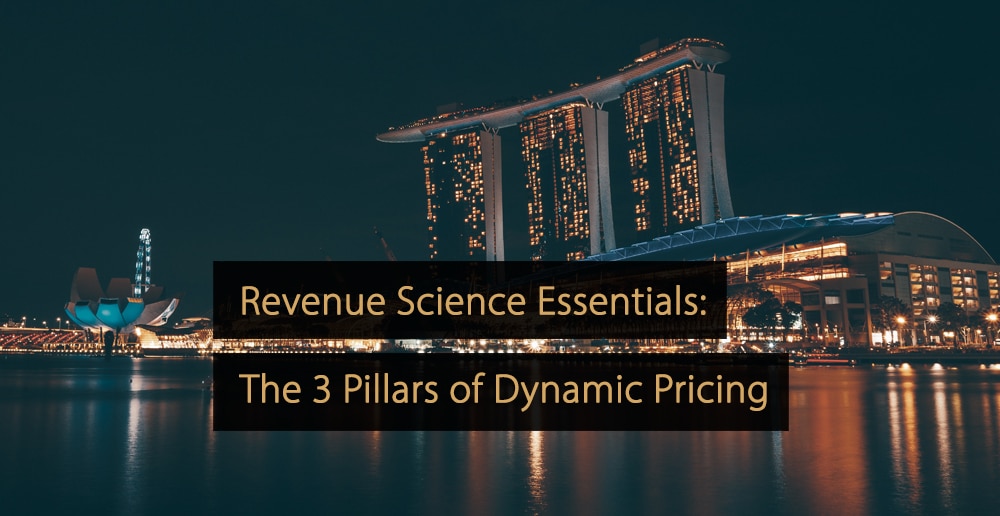
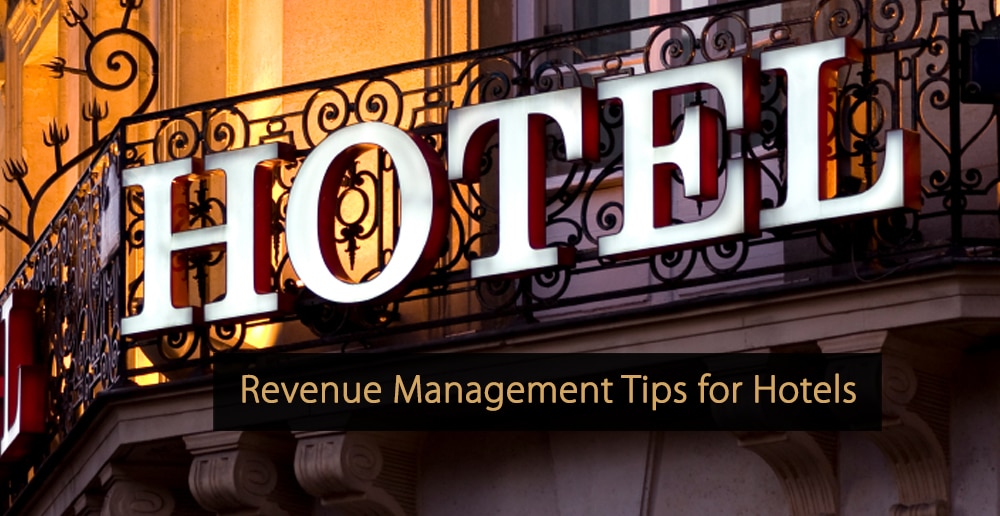
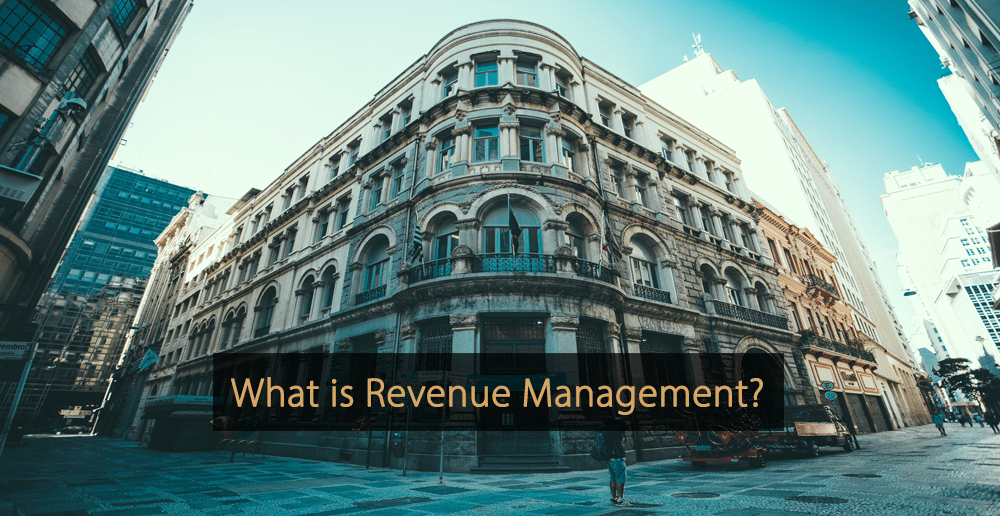
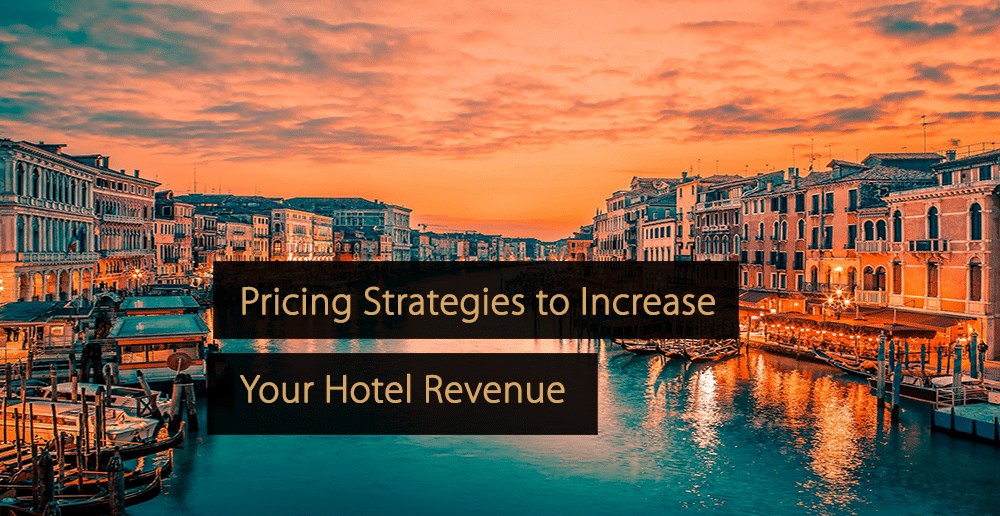
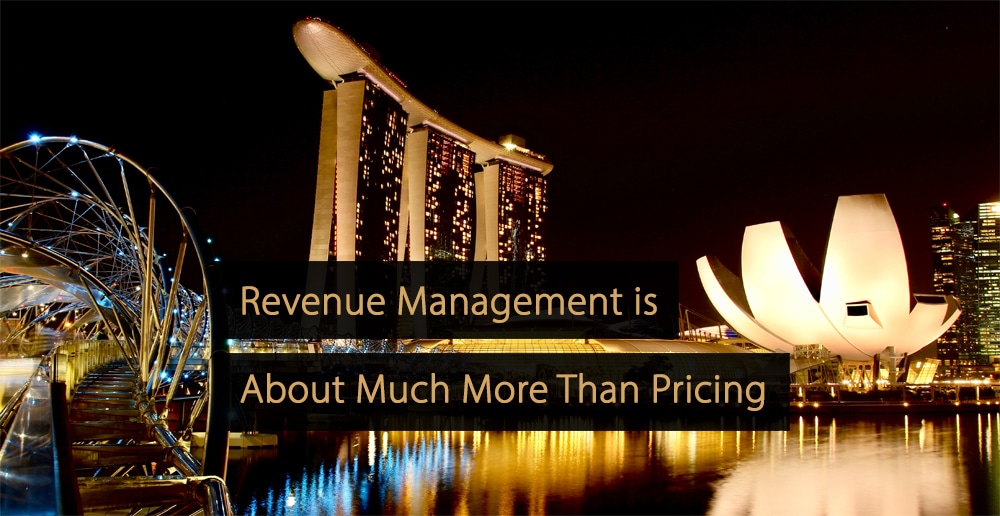
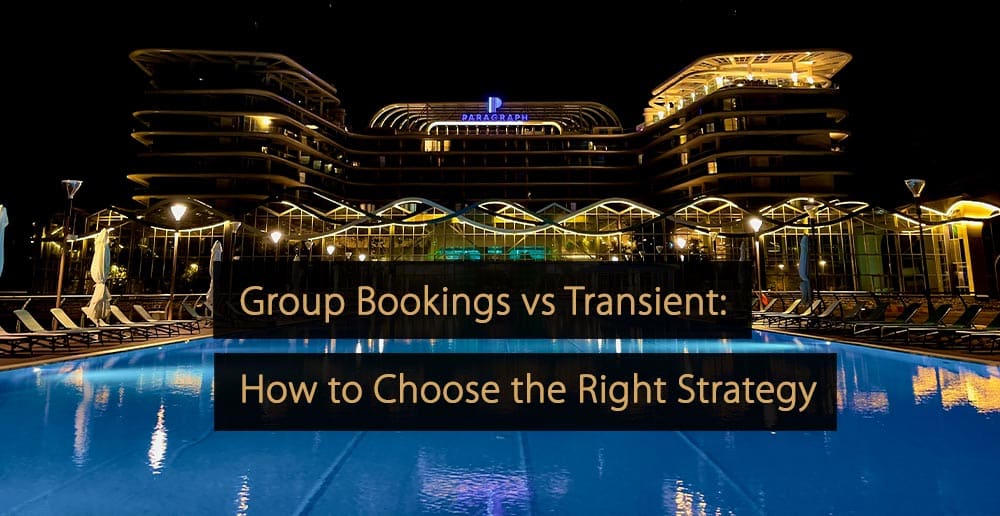

Leave A Comment